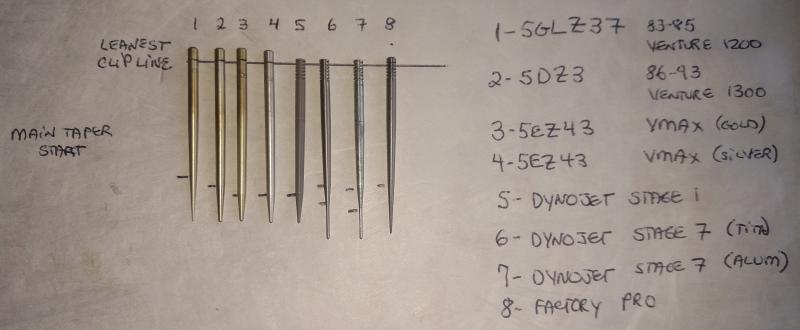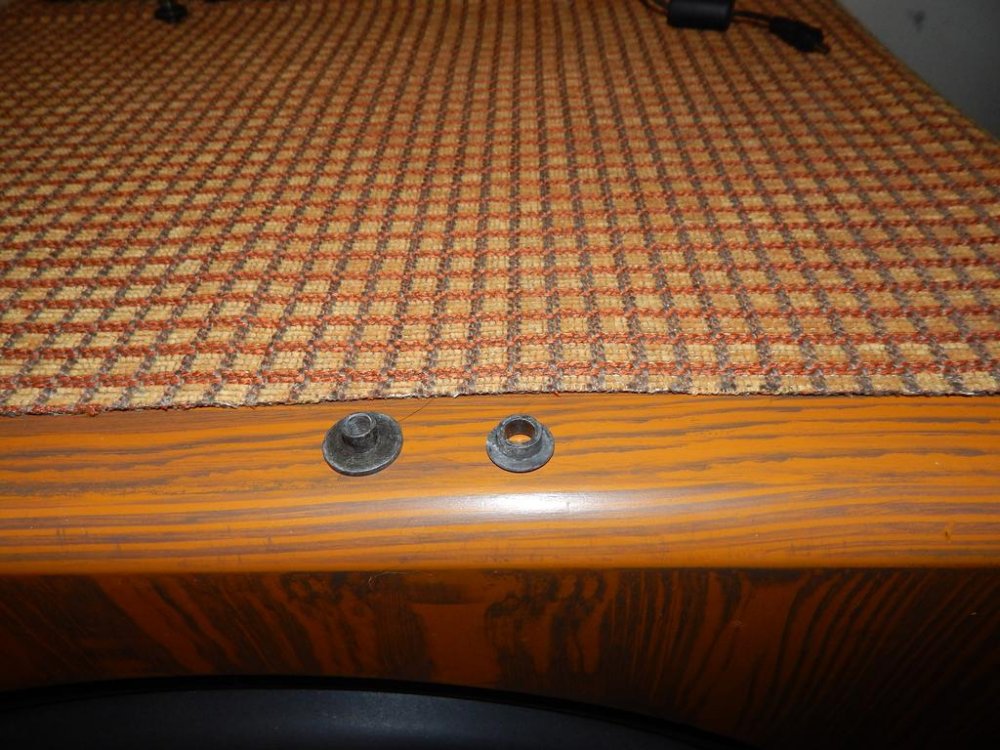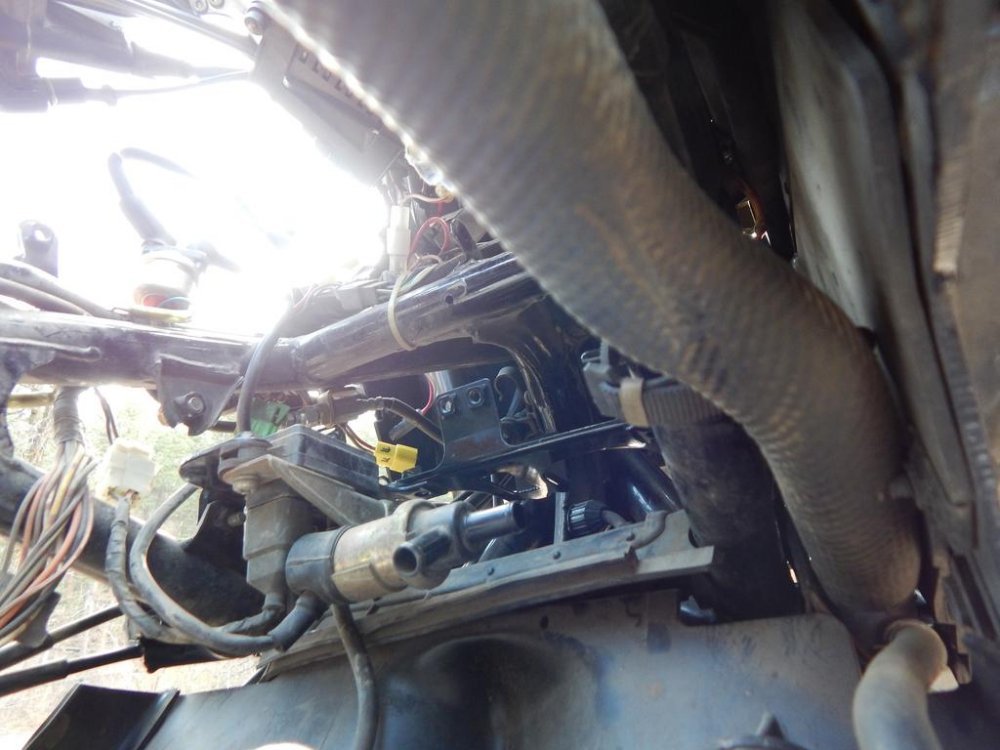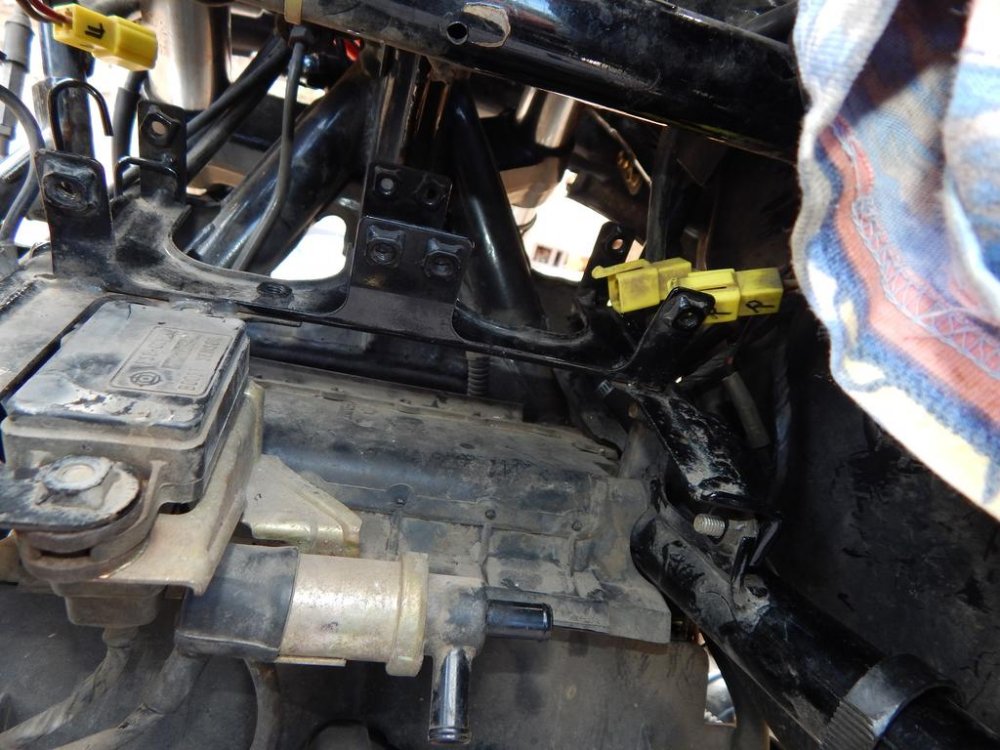-
Posts
1,555 -
Joined
-
Last visited
Content Type
Profiles
Forums
Gallery
Events
Store
Everything posted by CaseyJ955
-
Carb needles Jets?
CaseyJ955 replied to cimmer's topic in Venture and Venture Royale Tech Talk ('83 - '93)
These were posted by Morley over on the Vmax site. I know this will be handy when I'm looking to retune for different heads and cams. Not sure if it will help you out or not but here it is just in case it may. Do the needles need to be replaced often, I thought they lasted forever and the tubes wore out more often? -
these dayum little things needed.
CaseyJ955 replied to CaseyJ955's topic in Venture and Venture Royale Tech Talk ('83 - '93)
I'm pretty sure the bike needs nothing else. As soon as I get the serial cable for the Ignitek I should be ready to roll this pig, I already put the money and work into her. I should be ready for the international ralley with no further fussing (I hope). -
It makes sense to me. I think at around 4000 rpm the the bike starts to lift the needle out of the emulsion tube, the more RPM and engine load and the more needle. If I get a cruising speed that keeps out of the needle I get much better MPG and I know at 55-60 I did great where 80-ish was not so good. Now that I have reworked the carbs I'm hoping for better but even on the Vmax which is very carefuly tuned on the lean side it gets notably worse MPG at 75+ than at any other speed.
-
these dayum little things needed.
CaseyJ955 replied to CaseyJ955's topic in Venture and Venture Royale Tech Talk ('83 - '93)
I do see them there. I brought these to Yamaha today, and Rice to see if they had universals and no go on that but I could get them straight from Yamaha for around $7 each if I order them. I was really hoping someone had a parts bike laying around with these still on it. the OP put it together having lost a few of these. It looks like the collar in one of those pics. -
$75 each for basic liability for 99 Vmax and 89 Venture. Basic lia on 3 cars is $330/6mo in SD, some localities are a bit more I know.
-
I wouldn't let high mileage on a Honda scare you, nor the year. I almost bought a wing and of the 1800s there just weren't enough changes to warrant spending much more on a newer one and they are good for plenty of miles so IMHO your strategy of buying an earlier one with a few miles on the clock to avoid a payment is a very sound. It's still going to be essentially the same bike. I only landed on the Venture because it felt much roomier for me it was more comfortable, I dont feel the top heavy of the Venture but I definitely feel great balance on the Goldwing. Buy it and enjoy it, it's no accident that so many folks love them so much.
-
6 qts, dunno what he's running but my gen 1 vmax takes around 3.5qts from empty to center if sight glass, venture should be the same. I'm not sure why a 2:1 mix T4 and T6 instead of maybe just a T5. Can anyone comment on the real world benefit of running a blend in our old bikes, other than increased oil change intervals?
-
I just got a couple bottles of 15-40 T4, which I thought superseded the T. I'm not aware of any difference outside of cloudy marketing terminology. It's a dino oil, or at least lacks any indication to the contrary, including a very low price. T5 is a synthetic blend and T6 is a full synthetic. So if you do the T5 you will be adding a blend. I have generally not been adding synthetics to any engine or shiftable gearbox that didnt call for it new. I just started using the T4 when I ran out of T, put some in my Vmax last week and ran the snott out of it in the hills, no difference that I can till in shifting or clutch behavior.
-
Been using NGK since I've been riding and not one plug failure, ever! I wouldn't put Autolites in a Harley! Ride some air cooled 2 strokes around a bit and it wont take long to figure out which plugs pass muster in our world. We debate tires, even oil, but NGK suitability is something that rarely gets called into question by seasoned motorcyclists. With that wet weather issue it might not be a bad idea to check all the grounds and hit the harness plugs with some dialectric grease to help keep the elements out.
-
I dont want to admit how many engines I have abused to the point of rod bearing failure or other catastrophic failure. I have the sounds permanently etched into my skull. I'm not thinking low end failure for you because it didnt happen today, and it goes away when warm. To hear engine sounds via conduction one could use a long screwdriver, like a cabinet screwdriver, placing the handle against your pinna, in essence pressing your ear closed so you can hear the conduction of vibration through the screwdriver. You will hear things inside the engine you could never hear by just leaning in for a good listen. If there is something in there giving up a nice tap you should be able to localize it fairly well by placing the screwdriver along block, heads for and aft to localize the sound. It works fairly well. Same concept as the mechanics stethoscope. I have isolated PS pump, alternator and WP and trans front pump noise with this method. If the sound is more of an exhaust leak or loose spark plug, like some of the early modular V8s tended to loose the threads and still maybe helpful for some mechanical noises. I use a 4' length of 5/16" fuel line and place one end next to my ear canal and use the other end close to but not touching suspected sources of noise. Have found many exhaust leaks, a few vac leaks and loose plugs that way. It's just a cheap backyard way to try and isolate funky sounds and I find it very effective. With either or both of these you will know when your getting close to an abnormal noise source. Luckily you can listen when it's making noise, and listen again when it quiets down and see where the difference is.
-
We've never had a GM last over 180k, car or truck, but because of where we live vehicles we own dont have an easy life. I think 244k is pretty damn good even if there is a major problem but with mileage like that it could be anything. A diagnosis would be tricky without hearing it. Is the tapping exactly consistent with engine RPM, engine load or road speed? If it's a rod more than likely it will not quiet down when warm, maybe get worse as things heat up, thats why I'm thinking valve train. Maybe timing or piston slap? Even carbon buildup or a well placed exhaust leak can mimic a rod or lifter tap.
-
I'm still waiting for an updated 1st gen. Same comfortable riding position, friendly for taller folks. No cruiser blood, all tourer with sporting feel like the current gen1. 1700cc Vmax V4 retuned for torque and MPG. Factory lightweight 4-2-1 exhaust with adjustable baffle from stealth to aggressive. 6 speed double overdrive gearbox Nav/intercom/digital audio player, no more of the dying/dead audio formats. Manually adjustable seat, pegs, bars, electronically adjustable windscreen (keep cost and wt down) Heated pneumatic seat and grips. Current hardware like forks, brakes, shock et al. 7 US gallon tank in the same location for insane range. traditional cruise control. While updated lets keep the link to the original gen 1 obvious in the styling cues. Put me down for a test ride, I'm probably in when they do it.
-
Knock sensor should throw a code, also should make no noise. I think most systems do what my 1UZFE Lexus V8 did and just go full timing retard as a safety default. Detonation can be a damaging thing, better to have it slow and thirsty than pinging and knocking. Were you able to pull any codes from it? (GM belt idlers fail like they are made out of candy and the make quite a ruckus, check that too) When the new owner picks up this bike, like I know hes going to, hes probably going to send the carbs to a known guru on the Vmax site. If the issue is within the carbs Danny will be able to sort it out. I really want to know what the issue is with this bike.
-
When I went to IA to look at a pristine 9k mile bike and asked some questions on this board about it, it did cross my mind that someone would go out there and snap it up but now that I have gotten to know the temperature of this forum I cant see anyone here pulling a move like that, it's a good forum full of really decent folks. Besides if you dont buy it I'll be very tempted to buy it myself and I dont need another bike. I inquired about it before I made the parallel in my brain.
-
I agree with Yama Mama, if the Yamaha engineers saw fit to put it there its usually safe to assume there is a good reason. If it slid out from the left side maybe you can pull that air baffle back out and slip it back up in there, sort of the reverse of how it slipped out to begin with. It makes sense that the VC cover replacement would cause it to jar loose since its right above that area.
-
Since we were talking about wet testing I had planned to wet test my float levels on the bench. I got the carbs together today but found that two of the four bowl drain outlets were broken off so wet testing on the bike is a no go. What I did instead was while the carbs were broken into pairs I did the following. -Set each carb pair on a level surface. -Pulled the plunger out of a 60ml syringe and plugged it into a 4' length of clear tubing, other end to fuel inlet of carb. -Using the Syringe body as a funnel I gravity fed each carb individually until it stopped flowing then blew a little pressure into the back of the syringe to make sure the floats were closed firmly. Using the plunger in a 60ml syringe it is possible to overwhelm the needles and force to much fuel into the carb (ask me how I know). -Disconnected the hose/syringe and dried the carbs keeping them level and let them sit a few minutes to check for leaks. -I moved the carb over a graduated cylinder and drained the fuel out through the bowl plug and measured the amounts drained, again keeping the carb level other than tilting it forward to fully empty the bowl through the plug port. One could use a small jar and mark the level of the first with a sharpie and compare subsequent bowl volumes. -I got 42-43.5cc from each carb so I know they are very consistent. Dry bench setting was 1.125" inverted so I guess that worked ok in this case. I read about someone doing this on the bike by leveling the bike and using the drain tube of each carb into a jar to look for consistency, even though it wont give you an actual float level. I mention this in case traditional wet checking is problematic than there is always checking for consistent volume between carbs. I'm quite anxious to find out whats going on with your bike, I've been racking my brain trying to come up with ideas of what it could be.
-
That would be my guess too, if the chokes (fuel enrichment circuits, not really choke) are "on" because the linkage wont kill them that could explain some difficulties. Sounds like a lot of the expensive stuff was done. I would MUCH rather eff with carbs than eff with a 2nd gear. I know that your 83 carbs will have different jetting than the 86. If you do switch carbs you will do well to move ALL the jets over. There may be other differences I'm not aware of but I know that one for sure. As Snyper said I think choke linkage is different too. I'm guessing that it might be better to sort out the issues with the 86 carbs. There has really been something funky in the air, lots of folks here having carb issues like yours. There is a chart out there on the internet somewhere I cant find atm that shows all the jet sizes through the years and it's pretty different from 1200 and 1300. I believe other than that they are essentially the same carbs. What color ya looking at? mileage? Didja get a good price on it because of the carbs?
-
If it were me I would lay it down lovingly on the ground next to the bike, take 10 steps back and begin wishing it back into it's place. I've not had any success with this, nor heard of anyone else having any success with it but it was a lot of fun to type it out. If you want to try it the other way I'm guessing you can maybe get to it by pulling the faux tank lid, airbox and maybe the battery/tray. It sounds worse than it is, that stuff comes out pretty easily. Mine is apart so I'm not sure how far you will really have to go to get it back in there. It looks like a weather shield to me but I'm not certain as to it's real function. where did it fall out from? Any chance to put it in from where it came out? I'm new enough to Ventures that I have to admit to never having removed or installed one of these... yet. I just went outside and looked at it again and there is no obvious way that could come out of the bike if not directly rearward, so I dont see how it installs if not by sliding it into position moving it forward. I could see no other shields on the bike that looked like this so I'm not sure if there is supposed to be another one there. I dont see how this one could come out, that is if the other stuff over the front cyl heads are in place.






